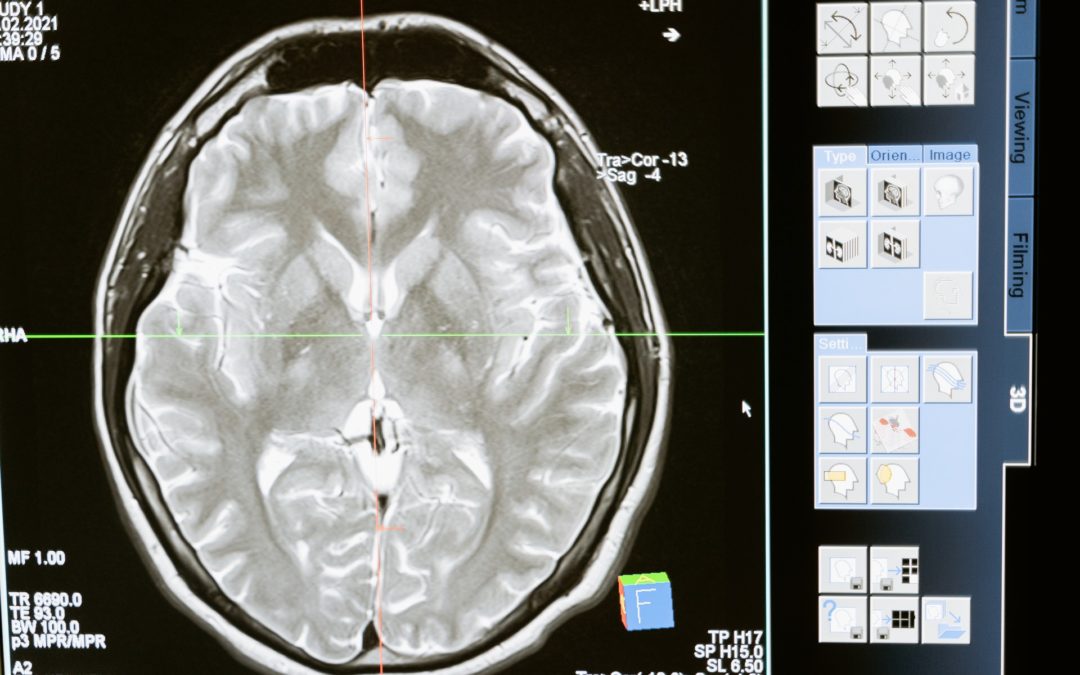Virtual Reality is a fast-growing technology that has been in use in the medical field for decades. It is not just an entertainment device anymore; it can help patients with everything from pain management and physical therapy to post-traumatic stress disorder and more! Let’s explore some of the different ways VR has been utilized in medicine, including four crucial uses that you may not have thought about before.
1) Training Medical Professionals
One of the most common uses for Virtual Reality in medicine is training. Medical students and professionals can use VR to learn about the human body, treat injuries, and more. This allows them to get hands-on experience without putting any patients at risk.
2) Treating PTSD
One of the most exciting new uses for VR in medicine is its ability to help treat patients with post-traumatic stress disorder. Studies have shown that VR can be an effective treatment for PTSD, helping patients to relive traumatic events in a safe and controlled environment.
This therapy can help soldiers returning from war, victims of natural disasters, and more. VR can also help prevent PTSD from developing in the first place by providing exposure therapy to people who are at risk for it.
3) Helping with Pain Management
One of the most common uses for VR in medicine is as a tool for pain management. Patients in pain can use VR to distract themselves from their discomfort, which can help them cope better and reduce their need for medication.
VR is especially effective at helping patients struggling with chronic pain. It can also help patients prepare for surgery or other medical procedures.
4) Helping with Physical Therapy
VR is also used to help patients struggling to recover from surgery or other injuries. It can be used in physical therapy, allowing patients to practice their recovery at home without putting any strain on their bodies. This helps them heal faster and get back out into the world sooner!
These are just some of the ways Virtual Reality applies in medicine. VR has the potential to help patients with a wide variety of health issues, and its use is only going to continue to grow in the years to come.

